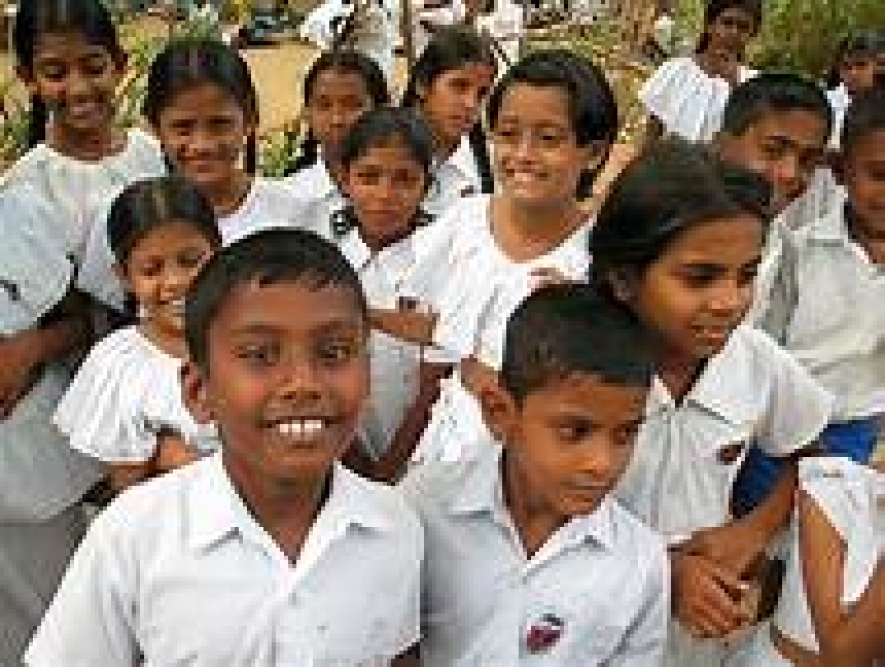Launched in the lead up to International Children’s Day on June 1, The Many Faces of Exclusion examines countries on a range of indicators related to childhood like child marriage, teenage pregnancy and child mortality.
Sri Lanka showed promise across the board, avoiding any “moderate”, “high” or “very high” scores. However, still more than 17 percent of Sri Lankan children under five suffer from stunting, according to the report, while almost one percent of babies born die before their fifth birthday.
Sri Lanka improved one place to 60 in the report’s ‘End of Childhood’ index, which ranks countries according to where childhood is most and least threatened. It outperformed most regional neighbours, with India ranking 113th, Bangladesh at 130th, Pakistan 149th and Myanmar 107th.
Despite the promising showing, Save the Children Sri Lanka said left behind children whose parents have migrated abroad to find work are among the most marginalized groups of children in Sri Lanka. Evidence shows that around 1.7 million Sri Lankans migrate annually for work. Foreign remittances are a crucial part of the Sri Lankan economy, making up 7 percent of the GDP. This increases the vulnerability of the children of migrating parents, as careers or other relatives may not provide adequate parental care.
“This can have a detrimental impact on a child’s well-being, facing major issues in terms of protection, health and nutrition, as well as missing out on that physically nurturing relationship,” Save the Children Country Director in Sri Lanka Chris McIvor said. “It is really important for parents considering migration to work with the relevant government authorities to ensure there is a safe child care plan in place for their children.”



















